
Discover the Future of Learning at Bavarian International School's City Campus Open Day
Section: News
The 'travelling salesman problem' has puzzled mathematicians for over eight decades, but bees might just have the answer. In a study published this week in the journal PLoS Biology, scientists show that bumblebees quickly work out the shortest route to feed from several flowers and return to their nest.
Pollinator insects like bumblebees, and other foraging animals such as hummingbirds, bats and even primates, establish stable routes between regular feeding sites and their homes. To save energy, foragers have to come up with a way of visiting multiple locations while traveling the shortest possible distance. This is a task identical to the travelling salesman mathematical problem, which tries to calculate the shortest route to visit several cities once and return to the starting point. Now Lars Chittka's team at Queen Mary University of London found how bees manage to solve this problem without computers or even a map.
Andy Reynolds from Rothamsted Research and a co-author in the study says 'We showed how this complex routing problem can be solved by small-brained animals without requiring 'map-like' memory'.
The scientists trained bees to collect sugar from artificial flowers, and then followed their flying routes from the nest to five artificial flowers arranged as a pentagon in a field. To do this, they attached a tiny wire antenna to the back of each bee and tracked their movements with a radar, much like a GPS navigation system. They found that the bees first visited the nearest flowers to the nest, and that, in only eight round-trips, they had discovered all the flowers. After this initial 'random' explorative phase, the bees gradually began visiting the flowers in a specific sequence, as though in each trip they were learning and progressively optimizing the 5-flower circuit.
Amazingly, in just about a couple dozen trips, each bee chose the shortest possible route to visit all five flowers and return to the nest- amongst the 120 other possible ways- and stuck to it.
'Stable routes (...) that linked together all the flowers in an optimal sequence were typically established after a bee made 26 foraging bouts, during which time only about 20 of the 120 possible routes were tried.' explains Reynolds.
But what happens if the flower spatial arrangement changes? In the wild, bees have to modify their foraging routes in response to changes in the environment. To understand how bees do this, the scientists removed an artificial flower from the pentagonal experimental set-up and tracked the bees with the radar. They found that the bees continued to visit all four flowers and the empty feeding location using the optimal route, as if they could remember where the missing flower had been.
Previous work on honeybees suggested that bees have a 'map-like memory', but the authors in this study believe bees can develop optimal routes simply by using 'a highly effective and versatile trial and error method' Reynolds says. The scientists used their experimental data to develop a mathematical 'trial and error' model based on heuristic, or experience-based, algorithms. Similar heuristic models describing how ants find the shortest routes between feeding locations and their nest are widely used by mathematicians and computer scientists. These models work only for a low number of locations, however, and in nature bees can feed from hundreds or even thousands of flowers. So what happens then? Reynolds explains
'The trial-and-error model becomes impractical for 20 or more locations but is effective for up to about 10 locations, which in practice could facilitate the linking up of flower patches'.
Bees may move randomly between flowers within a flower patch, but have a fixed order of flying between patches. 'This could be quite effective because there could be much to gain by minimizing the distances flown between patches but little to gain by minimizing the distances flown within patches' he says.
The team had recently made similar observations in the laboratory, but this is the first study examining the bee's routing behavior over long distances and in a natural setting. Thomas Collett, a neurobiologist at the University of Sussex who specializes in insect navigation says
'Such a study of the ontogeny of routes over the kinds of distances that bumblebees normally fly has had to wait for the right technology'. In the future, Chittka's team would like to use their radar tracking method to answer questions such as whether bees can solve the travelling salesmen problem when more feeding sites are available. Collett says 'Testing [this] and other models will be exciting and may give new insights into navigation and sequence learning'.

Section: News
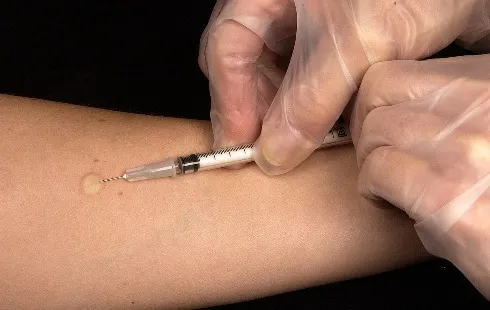
Section: Health
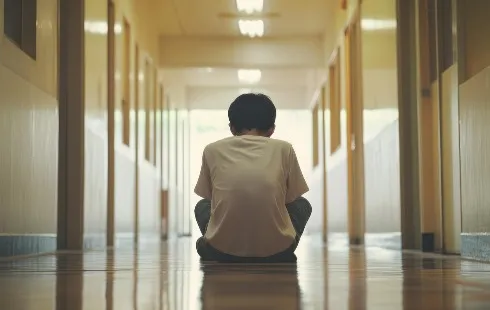
Section: News

Section: News
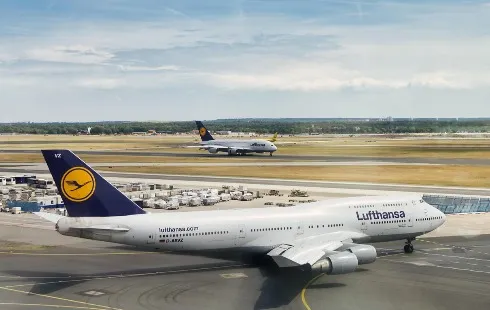
Section: Travel
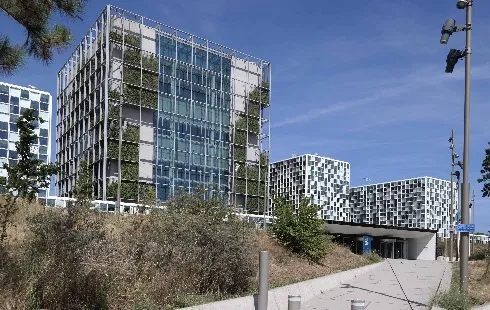
Section: News

Section: News
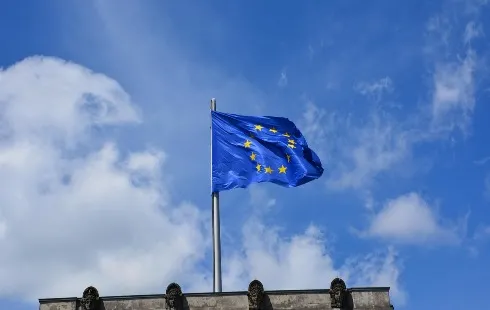
Section: Politics

Section: Arts
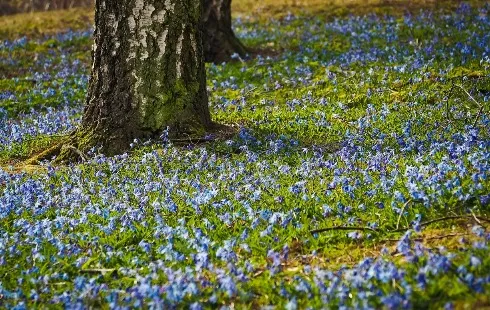
Section: News

Health Insurance in Germany is compulsory and sometimes complicated, not to mention expensive. As an expat, you are required to navigate this landscape within weeks of arriving, so check our FAQ on PKV. For our guide on resources and access to agents who can give you a competitive quote, try our PKV Cost comparison tool.

Germany is famous for its medical expertise and extensive number of hospitals and clinics. See this comprehensive directory of hospitals and clinics across the country, complete with links to their websites, addresses, contact info, and specializations/services.

Experience the extraordinary talent of Evgeny Kissin, a pianist who seamlessly merges with the music, producing a sound that resonates with raw power. Renowned as a genius pianist and a virtuosic musician, Kissin embodies the captivating union of the artist with his instrument, showcasing the...
No comments yet. Be the first to comment!